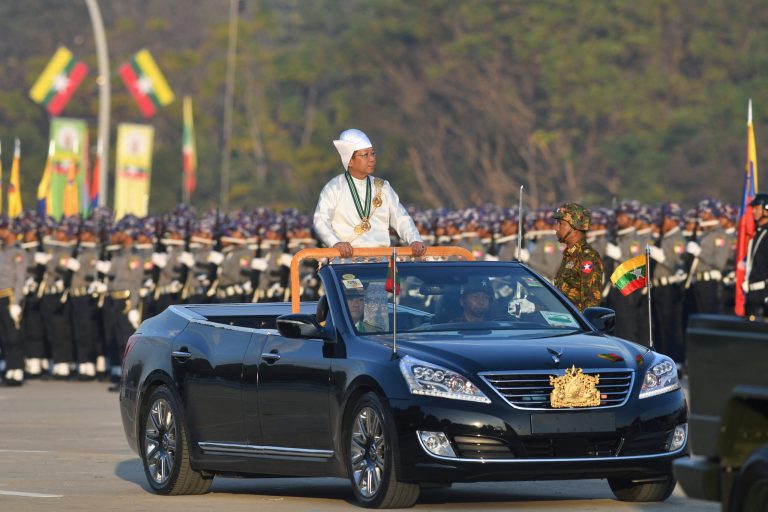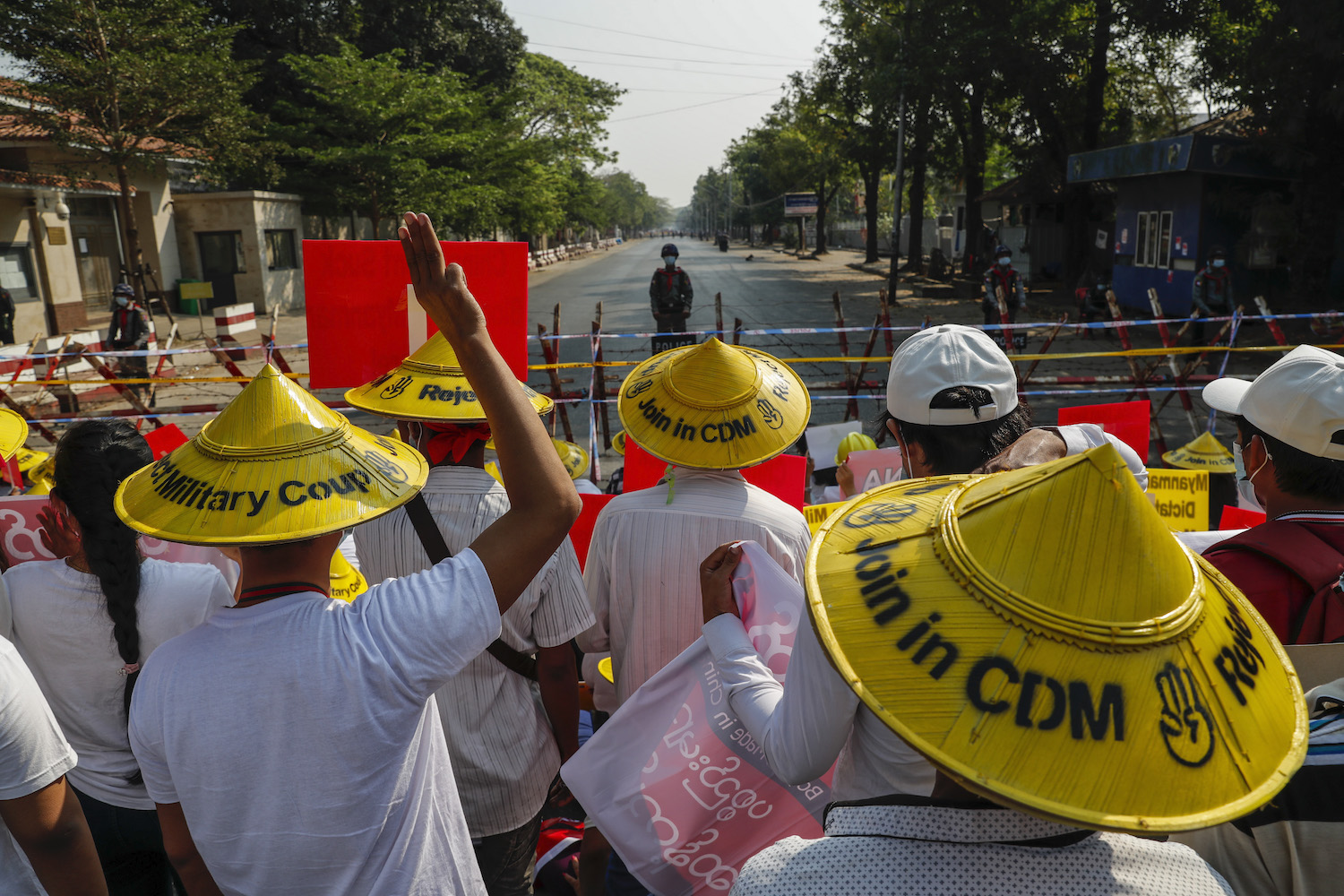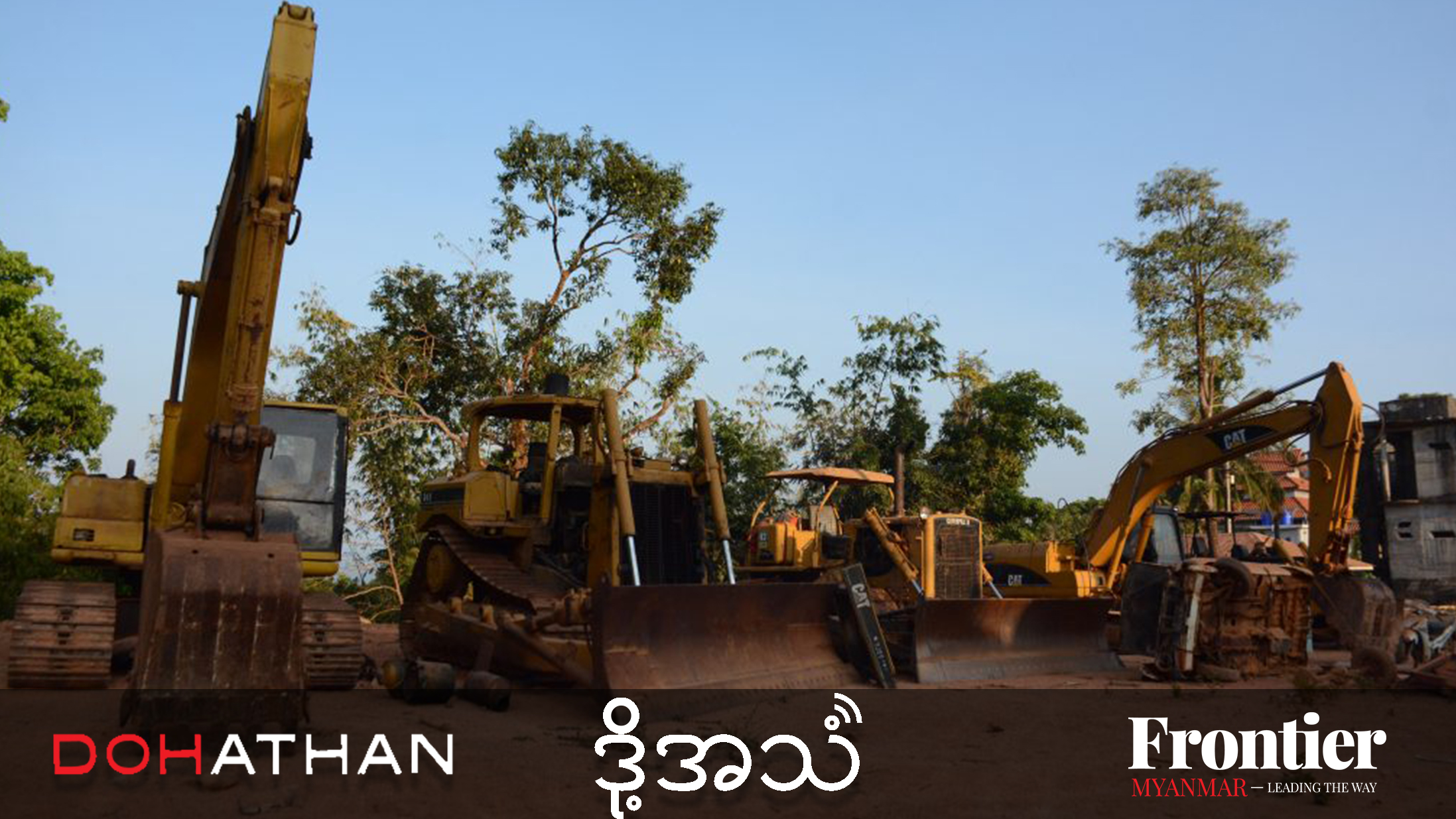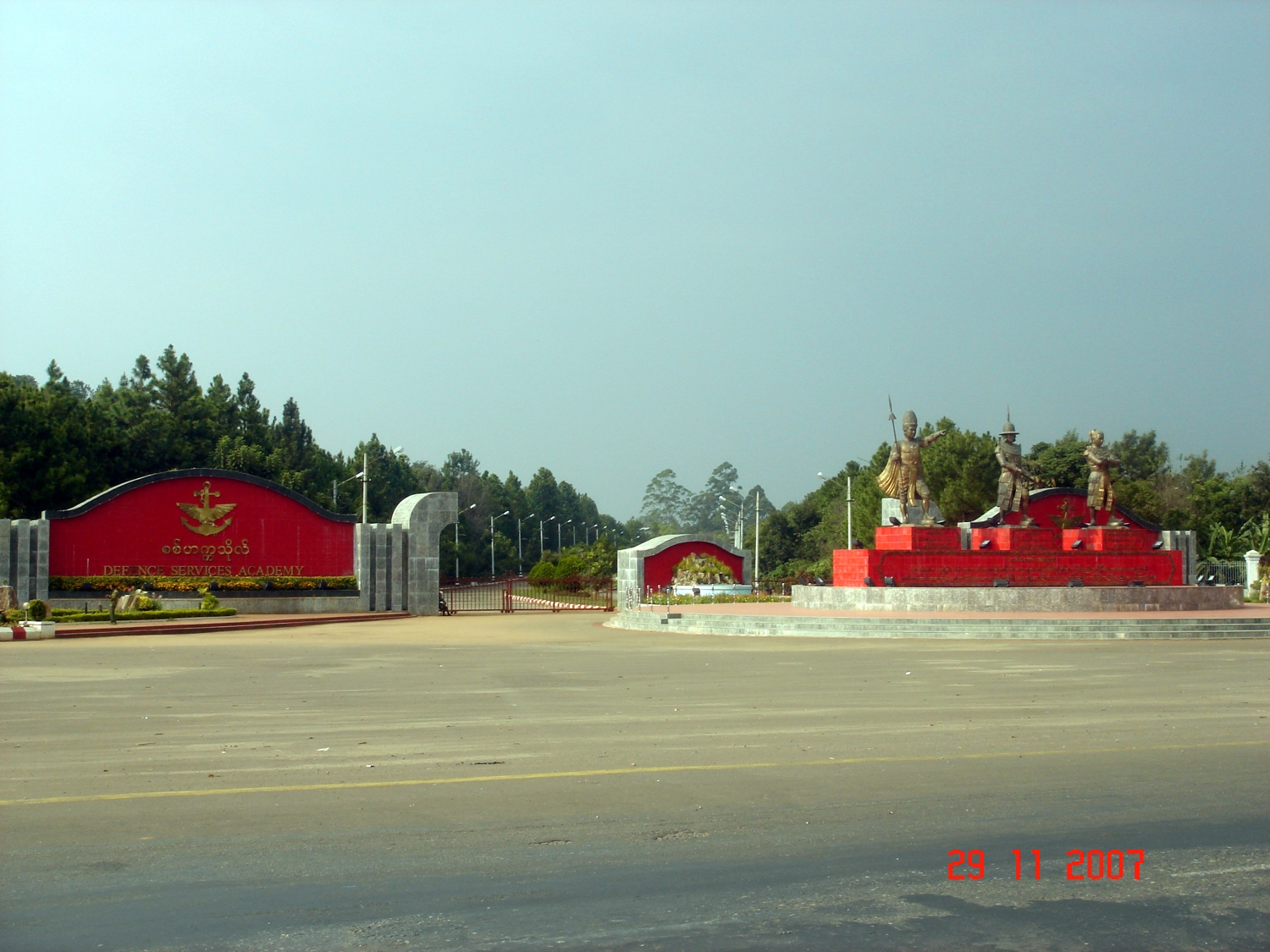Debate is growing over Myanmar’s infrastructure needs in the aviation sector and whether there is an economic case for a proposed new airport near Yangon in the short-term.
Brian Davis, vice president for airlines at Honeywell Aerospace and aerospace leader at Honeywell International in Malaysia, tells Frontier about his company’s cooperation with the Department of Civil Aviation and why larger airports and longer runways alone are not enough to ensure efficiency and safety.
What is the general state of Myanmar’s aviation infrastructure, and what level of investment will be required to manage future passenger growth?
Myanmar’s air passenger traffic has witnessed phenomenal expansion since the country opened up six years ago, with recent figures placing its passenger growth at a healthy 9 percent in 2017 – driven by its rapid economic progression as well as Southeast Asia’s roaring economy.
The Myanmar government has recognized the importance of improving existing airport infrastructure in order to accommodate for the growth. For example, Myanmar’s largest airport, Yangon International Airport (YIA), underwent significant upgrades at its terminals and runways in a bid to increase its capacity.
Additionally, Myanmar needs to ensure safe and efficient use of its airspace. Unlike airport capacity, airspace cannot be expanded. In other words, there are limited air traffic routes and approach trajectories that are available to, from and within Myanmar. Honeywell has been working with airlines, airports and regulators in Myanmar to better understand their challenges and is committed to help the country deploy the necessary air traffic management (ATM) technologies to ensure it can sustain the growing number of airline passengers.
One of the most discussed issues is the proposed move of Yangon’s main airport to the Hanthawaddy site in Bago – a project estimated at several billion dollars. Does Myanmar’s passenger growth suggest this should be a priority in the short term, given the high cost and other infrastructure needs?
The construction of airport infrastructure is no doubt a huge undertaking. Projects such as Hanthawaddy airport – while costly – are often regarded as necessary long-term investments that can open up opportunities for Myanmar’s aviation industry and lead to greater economic growth for the country. Opportunities can range from facilitating the growth of tourism, to creating jobs, as well as the transfer of critical aviation-related skills – such as manufacturing and maintenance – to the local community.
Support more independent journalism like this. Sign up to be a Frontier member.
While there are many benefits to investing in airport infrastructure, construction and expansion projects are often complicated and can take many years to complete, all while rising passenger demand continues to put a strain on safety and operational efficiency at existing airports. Investment in ATM technologies is advantageous for Myanmar, as [these technologies serve as] an interim solution for its airports to cope with the rise in air traffic, while airport upgrades and expansions are underway. Furthermore, installing ATM technologies at this juncture will help support the country’s long-term passenger growth and avoid potential impact on airport operability and functionality.
Are there constraints on growth at Yangon International Airport, and how significant are these?
As discussed earlier, YIA has seen substantial upgrades to its airport passenger capacity. However, the airport is seeing an ever-increasing number of aircraft on its tarmac as new foreign airlines enter the market to capitalise on Myanmar’s robust passenger demand. In fact, the number of foreign airlines operating within the country has doubled over the past six years. Hence, it is important for YIA and the rest of Myanmar’s airports to address these concerns by maximising the safe and efficient use of its airspace and airports before the airspace becomes too crowded.
An example of how ATM technologies can help Myanmar overcome these potential obstacles include Honeywell’s SmartPath Ground-Based Augmentation System. This system enables aircraft to take precision approaches and landings — improving safety and supporting multiple aircraft on multiple runways simultaneously. This technology increases airport capacity while decreasing air traffic noise and reducing weather-related delays.
Beyond ground-based technologies for airports, airlines can also leverage airborne ATM technology to ensure their planes take off and land safely. As the tarmac sees a steady increase in aircraft movement, runway incursions and excursions will become a pressing safety concern.
The DCA has over the past five years regularly announced plans to upgrade domestic airports, often through tenders. How substantial have these upgrades been and what has been the main focus?
According to the Centre for Aviation, Myanmar’s domestic airports have only basic equipment and often lack essential facilities such as refuelling infrastructure or runway lights. This has severely limited operability, impacting utilisation levels and efficiency. The Department of Civil Aviation (DCA) has recognised the issues at hand and made plans to enhance its domestic airports.
To what extent has the DCA upgraded its soft infrastructure – for example, the technology used and the capacity of DCA staff?
The DCA recognises the importance of complementing hard infrastructure upgrades, such as the construction of new runways, with soft infrastructure upgrades. DCA has been working with Honeywell to install technologies that improve the safety of the country’s flight operations since 2014. This includes helping Myanmar’s two main international airports – Yangon and Mandalay – to develop satellite-based navigation technologies. These performance-based navigation procedures allow aircraft to execute shorter and more direct routes, as well as more efficient takeoffs and landings.







